Patrizio Campisi
Information Forensics and Security: A quarter-century-long journey
Sep 21, 2023Abstract:Information Forensics and Security (IFS) is an active R&D area whose goal is to ensure that people use devices, data, and intellectual properties for authorized purposes and to facilitate the gathering of solid evidence to hold perpetrators accountable. For over a quarter century since the 1990s, the IFS research area has grown tremendously to address the societal needs of the digital information era. The IEEE Signal Processing Society (SPS) has emerged as an important hub and leader in this area, and the article below celebrates some landmark technical contributions. In particular, we highlight the major technological advances on some selected focus areas in the field developed in the last 25 years from the research community and present future trends.
Facial Landmark Point Localization using Coarse-to-Fine Deep Recurrent Neural Network
May 03, 2018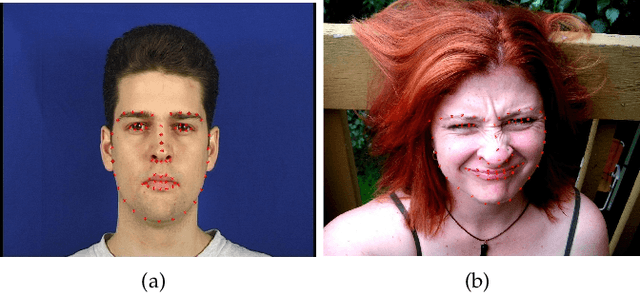
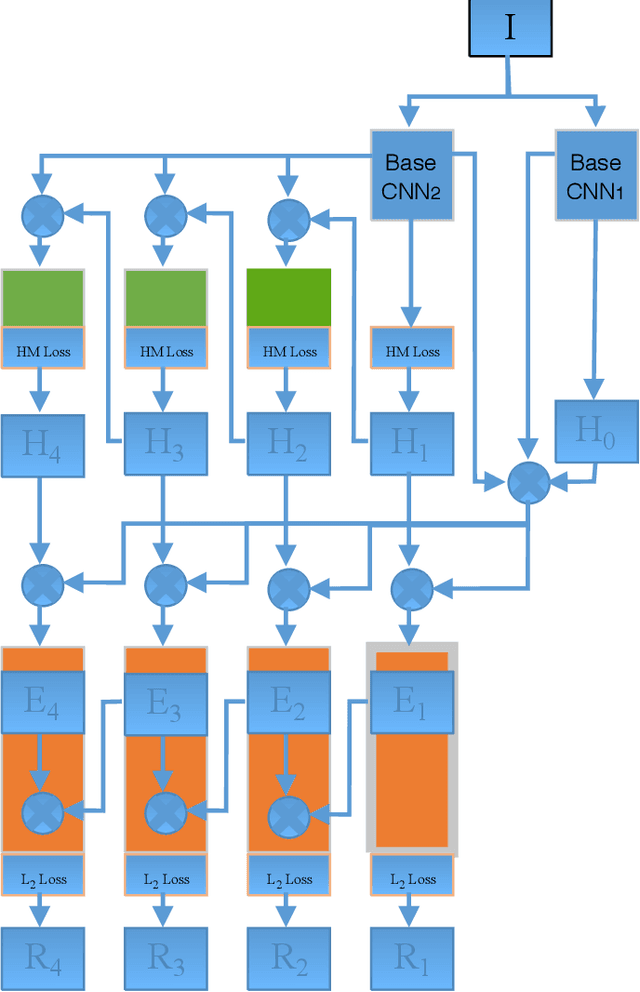
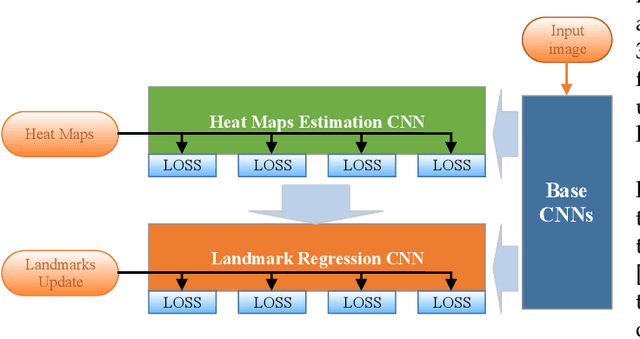
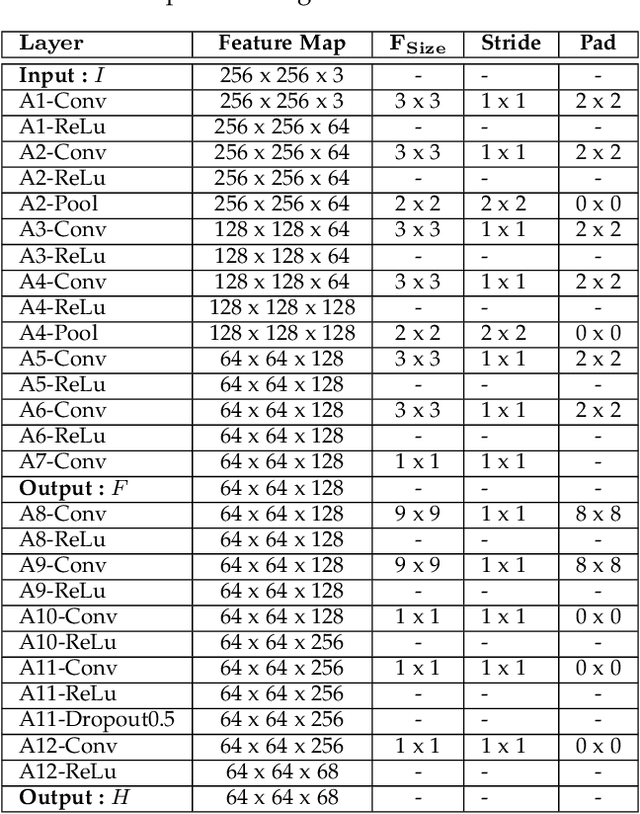
Abstract:Facial landmark point localization is a typical problem in computer vision and is extensively used for increasing accuracy of face recognition, facial expression analysis, face animation etc. In recent years, substantial effort have been deployed by many researcher to design a robust facial landmark detection system. However, it still remains as one of the most challenging tasks due to the existence of extreme poses, exaggerated facial expression, unconstrained illumination, etc. In this paper, we propose a novel coarse-to-fine deep recurrent-neural-network (RNN) based framework, which uses heat-map images for facial landmark point localization. The use of heat-map images allows us using the entire face image instead of the face initialization bounding boxes or patch images around the landmark points. Performance of our proposed framework shows significant improvement in case of handling difficult face images with higher degree of occlusion, variation of pose, large yaw angles and illumination. In comparison with the best current state-of-the-art technique a reduction of 45% in failure rate and an improvement of 11.5% in area under the curve for 300-W private test set are some of the main contributions of our proposed framework.
Human brain distinctiveness based on EEG spectral coherence connectivity
Mar 23, 2014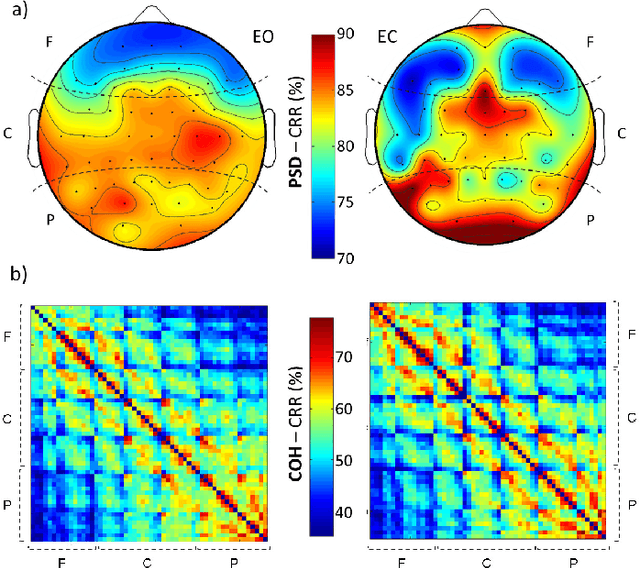

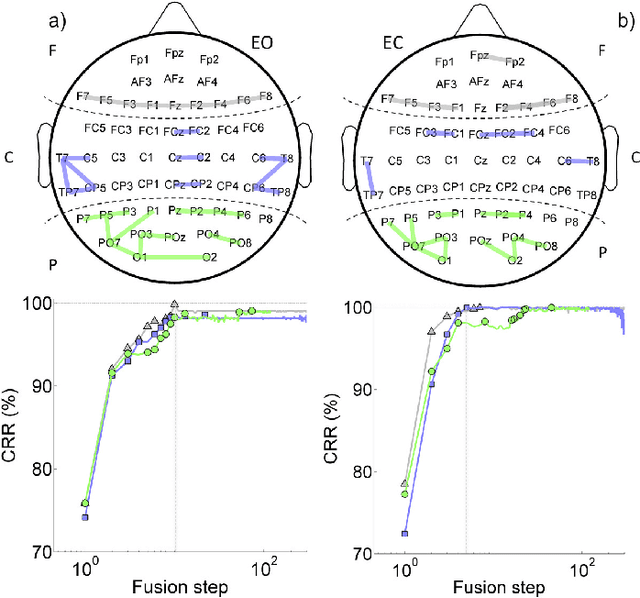

Abstract:The use of EEG biometrics, for the purpose of automatic people recognition, has received increasing attention in the recent years. Most of current analysis rely on the extraction of features characterizing the activity of single brain regions, like power-spectrum estimates, thus neglecting possible temporal dependencies between the generated EEG signals. However, important physiological information can be extracted from the way different brain regions are functionally coupled. In this study, we propose a novel approach that fuses spectral coherencebased connectivity between different brain regions as a possibly viable biometric feature. The proposed approach is tested on a large dataset of subjects (N=108) during eyes-closed (EC) and eyes-open (EO) resting state conditions. The obtained recognition performances show that using brain connectivity leads to higher distinctiveness with respect to power-spectrum measurements, in both the experimental conditions. Notably, a 100% recognition accuracy is obtained in EC and EO when integrating functional connectivity between regions in the frontal lobe, while a lower 97.41% is obtained in EC (96.26% in EO) when fusing power spectrum information from centro-parietal regions. Taken together, these results suggest that functional connectivity patterns represent effective features for improving EEG-based biometric systems.
 Add to Chrome
Add to Chrome Add to Firefox
Add to Firefox Add to Edge
Add to Edge